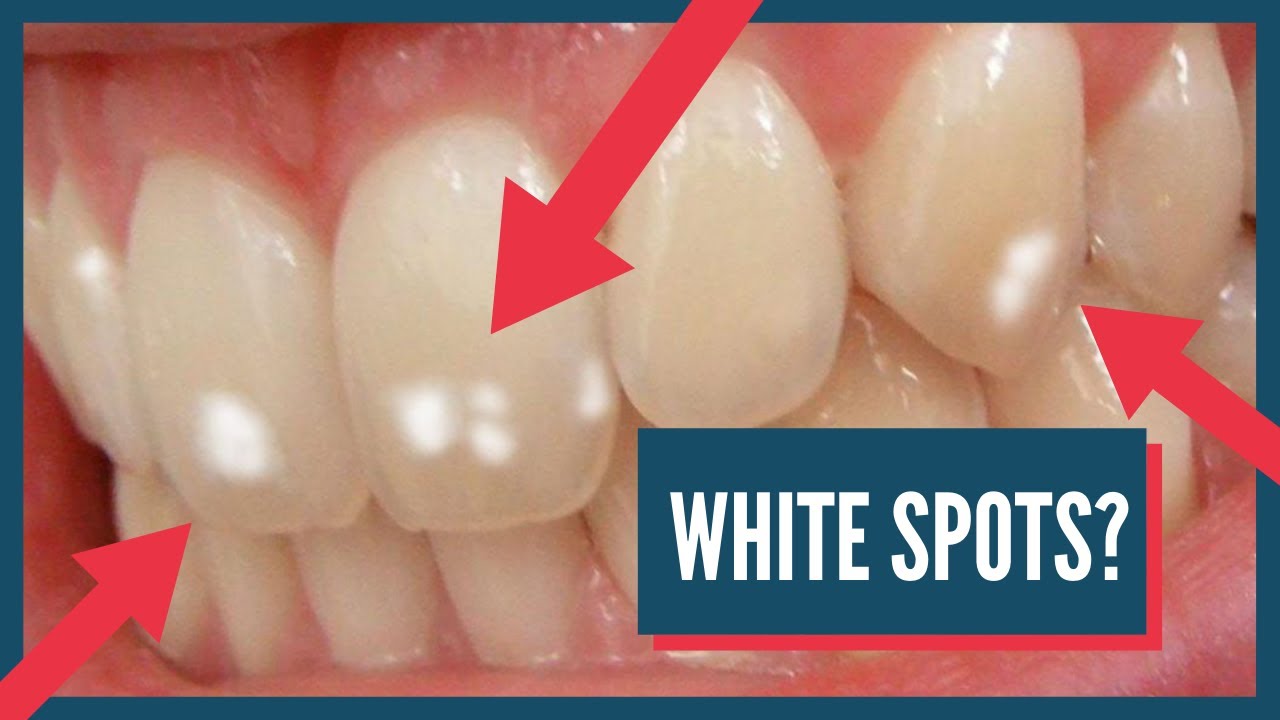What Causes White Spots After Whitening? Fix Now

The occurrence of white spots after teeth whitening is a common concern for many individuals who undergo this cosmetic dental procedure. These spots, also known as tooth whitening spots or hypocalcification spots, can appear as small, opaque, or chalky areas on the teeth, contrasting with the newly whitened enamel. Understanding the causes of these white spots is crucial to addressing and preventing them.
One of the primary reasons for the development of white spots after teeth whitening is the uneven penetration of the whitening agent. Teeth whitening products contain hydrogen peroxide or carbamide peroxide, which break down into hydrogen peroxide to lighten the tooth enamel. However, the effectiveness of these agents can vary depending on the concentration, application time, and individual tooth structure. If the whitening agent penetrates more deeply into certain areas of the tooth, it can cause these areas to appear whiter or more translucent than the surrounding enamel, resulting in the appearance of white spots.
Another significant factor contributing to the formation of white spots is the dehydration of the tooth enamel during the whitening process. When teeth are exposed to whitening agents, they can lose moisture, leading to a temporary condition known as tooth dehydration. This dehydration can cause the enamel to become more opaque or chalky, making any existing imperfections, such as minor decalcifications or hypoplastic areas, more noticeable. In some cases, the dehydration can even lead to the appearance of new white spots as the tooth’s natural translucency is altered.
Dental plaque and tartar buildup can also play a role in the appearance of white spots after teeth whitening. If teeth are not properly cleaned before undergoing whitening, the presence of plaque and tartar can interfere with the even distribution of the whitening agent, leading to patchy results. Moreover, the whitening process itself can sometimes highlight existing plaque and tartar deposits, making them more visible as white spots against the newly whitened teeth.
Furthermore, the structure of the teeth themselves can predispose individuals to white spots after whitening. Teeth with pre-existing conditions such as fluorosis, enamel hypoplasia, or demineralization may exhibit white spots more prominently after the whitening process. This is because these conditions can affect the enamel’s porosity and its ability to respond uniformly to the whitening agent.
To fix or minimize the appearance of white spots after teeth whitening, several strategies can be employed:
Proper Oral Hygiene: Maintaining excellent oral hygiene through regular brushing and flossing can help prevent plaque and tartar buildup, reducing the likelihood of white spots.
Desensitizing Toothpaste: Using a desensitizing toothpaste can help alleviate sensitivity, which is sometimes associated with the appearance of white spots due to tooth dehydration.
Remineralization: Products containing fluoride or nano-hydroxyapatite can aid in the remineralization of tooth enamel, potentially reducing the appearance of white spots by making the enamel more uniform in appearance.
Professional Touch-ups: In some cases, follow-up dental appointments may be necessary for touch-ups or to apply additional whitening agents to areas where the whitening effect was less pronounced.
Dietary Changes: Limiting the consumption of foods and drinks that can stain teeth, such as coffee, tea, and red wine, can help maintain the whitening results and reduce the appearance of new stains that might accentuate white spots.
Consultation with a Dental Professional: It’s essential to consult with a dentist before undergoing any teeth whitening procedure to discuss potential risks, including the appearance of white spots, and to determine the best course of treatment for individual dental needs.
In conclusion, the appearance of white spots after teeth whitening can be caused by a combination of factors, including uneven penetration of the whitening agent, tooth dehydration, dental plaque and tartar buildup, and the inherent structure of the teeth. By understanding these causes and taking preventive measures, individuals can minimize the occurrence of white spots and enjoy a more uniform, brighter smile.
Common Questions About White Spots After Teeth Whitening

Are white spots after teeth whitening permanent?
+In many cases, white spots that appear after teeth whitening are not permanent. They can often be improved or eliminated through proper dental care, remineralization treatments, or professional touch-ups. However, the permanence of white spots can depend on their underlying cause and the effectiveness of the treatment approach.
How can I prevent white spots from appearing after teeth whitening?
+Preventing white spots after teeth whitening involves maintaining good oral hygiene, avoiding foods and drinks that can stain teeth, and ensuring that teeth are properly prepared before the whitening procedure. Regular dental check-ups and consultations with a dental professional can also help identify and address any conditions that might predispose teeth to white spots.
Can white spots be treated with at-home remedies?
+While some at-home remedies and over-the-counter products claim to help with white spots, their effectiveness can vary greatly. For significant or persistent white spots, consultation with a dental professional is recommended. They can provide personalized advice and treatment options tailored to the individual's dental health and the specific characteristics of the white spots.
By addressing the causes of white spots and exploring options for prevention and treatment, individuals can better navigate the process of teeth whitening and achieve the desired outcome of a brighter, healthier-looking smile. Remember, professional dental advice is invaluable in addressing any concerns related to teeth whitening and oral health.


